Top speed 426 km/h Wingspan 8.43 m | Length 7.24 m | |
 | ||
Supermarine spitfire mk 26
The Supermarine Spitfire Mk 26 is a two-seat Australian homebuilt aircraft produced in kit form by Supermarine Aircraft for completion by amateur builders.
Contents
- Supermarine spitfire mk 26
- Design and development
- Powerplants
- Variants
- Construction
- Fatal accidents controversy
- Specifications Mk 26b
- References
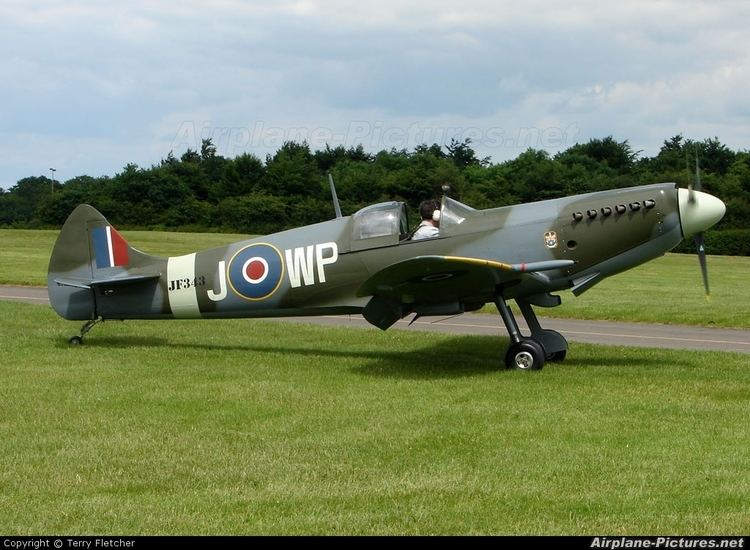
Design and development
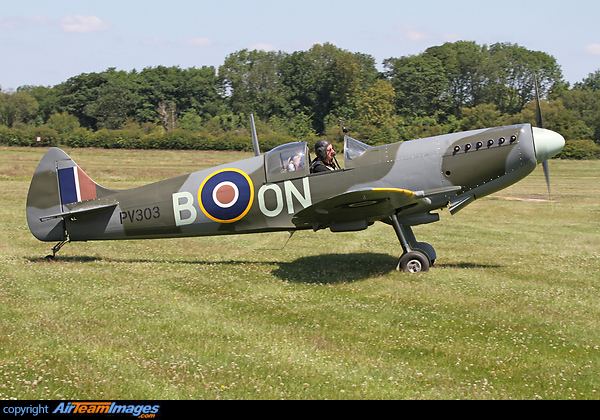
The Spitfire Mk 26 is an '80% or 90% scale' (but see note of scale inaccuracies in the Variants section below) replica based on the original Supermarine Spitfire design. Despite its smaller size provision is made for a passenger to be seated in tandem behind the pilot. The stressed skin structure consists of 2024 aluminium alloy skins, formers and longerons with some fibre-glass mouldings for parts such as fairings and air scoops. The design features retractable undercarriage with differential braking to the main wheels. The aircraft has been approved by the British Light Aircraft Association.
Powerplants

Early versions of the Spitfire Mk 26 used an eight-cylinder 180 hp Jabiru 5100 horizontally opposed aero engine, but early installations suffered from inadequate cooling. The company now offers a converted General Motors Isuzu V6 engine. The normally aspirated version of this engine produces 226 hp (168 kW) with a supercharged version producing up to 310 hp (231 kW). The maximum rpm of a propeller (at about 2800 depending on its diameter) is about half that at the maximum torque/power rpm of about 5500rpm for a car engine and these engines therefore need to be fitted with a drive reduction unit. Such units absorb about 20% of the engine power and therefore the normally aspirated Isuzu unit delivers the same maximum power as the Jabiru 5100. Recent developments of the Jabiru engine range by Rotec have produced replacement water-cooled cylinder heads for the 5100. This has removed the overheating problems and also allowed the nose cowling of the Mk26 to be reshaped to remove the air intake and considerably reduce the frontal area to be in keeping with the original sleek design of the Spitfire. First flights of a Mk26 with the redeveloped water-cooled Jabiru 5100 are expected in 2016.
Variants
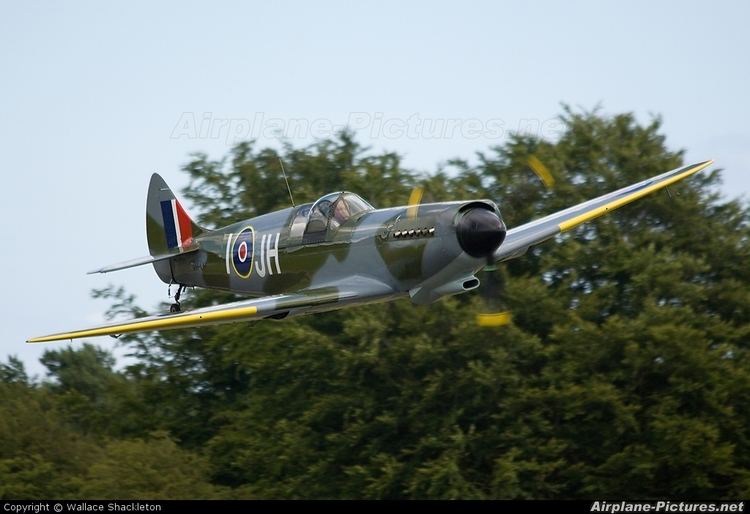
Construction
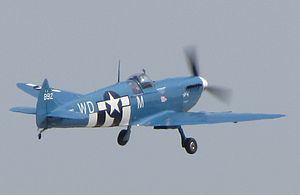
Construction of the Mk 26 requires metalworking skills and tools and makes extensive use of aviation grade pull rivets as used in the manufacture of the DC3, sometimes in error called pop rivets (pop rivets were originally patented for use in shoe-making). Pre-assembled kits are provided but still leave the builder with 1200 man-hours of work to be completed.
Fatal accidents/ controversy
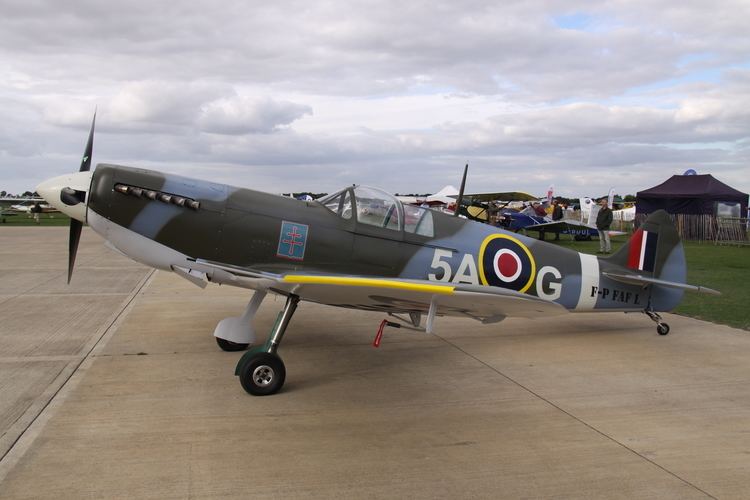
After a fatal accident at Gympie, Australia, in Oct 2010, involving the Mk 26, the coroner reported, on December 29, 2014 - - [1] that Michael O’Sullivan, the CEO of Supermarine Pty Ltd, admitted that the aircraft test flight period had only been 20 hours instead of the 37.5 hours declared; that he had “knowingly falsified documents to achieve registration of his aircraft with RA-Aus (Recreational Aviation Australia), rather than the more stringent registration with CASA (Civil Aviation Safety Authority)”; and admitted to “significantly understating the weight of the aircraft (by about 200kg)" (around half of the aircraft’s stated empty weight of 401 kg).
In 2013, A MK26 80% scale Spitfire crashed in Adelaide, AUS. The pilot, as the only passenger in the aircraft, died as a result of the accident. Official findings show pilot error as the main contributor of the accident, however, the ATSB report: http://www.atsb.gov.au/media/4548260/ao-2013-051_final.pdf stated: “The aircraft was prone to aerodynamically stall with little or no aerodynamic precursors and it was not fitted with a stall warning device, increasing the risk of inadvertent stall.”
Specifications (Mk 26b)
Data from Supermarine Aircraft
General characteristics
Performance
